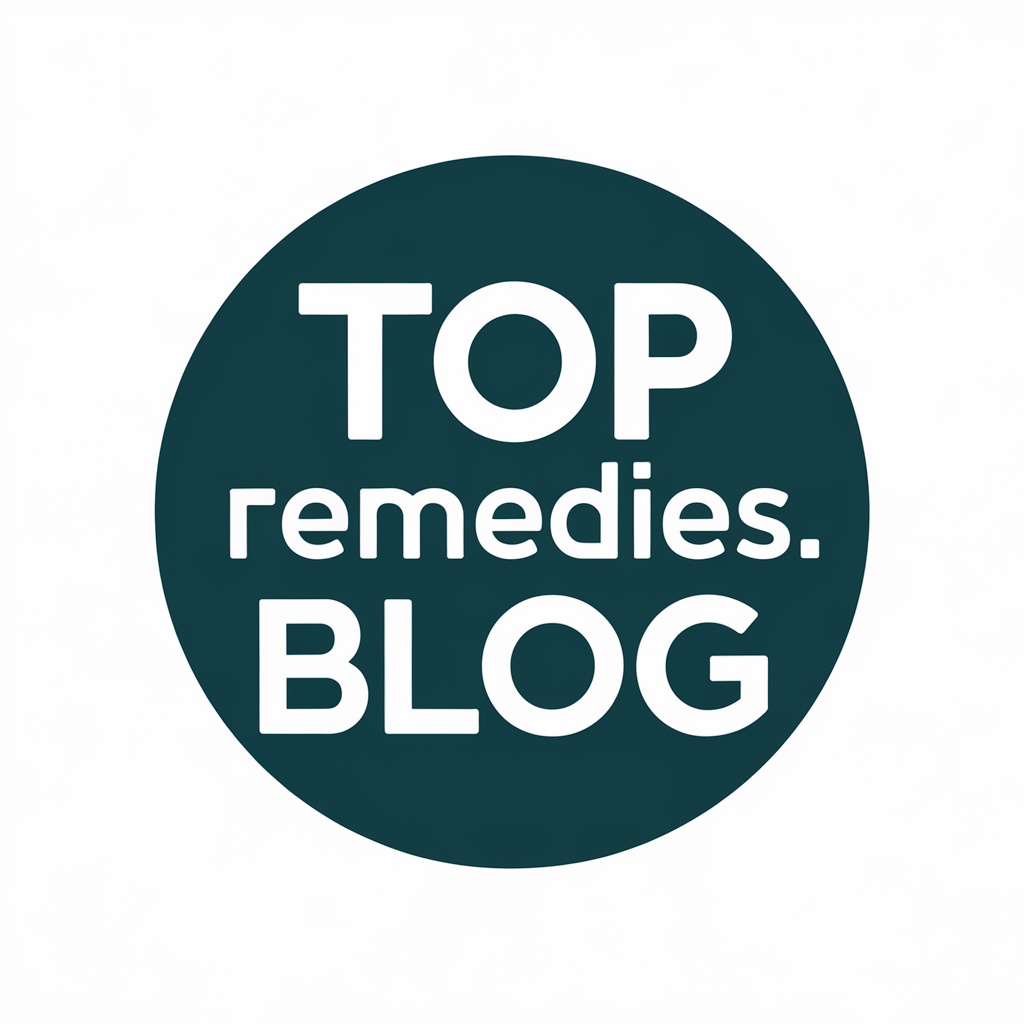What Helped Me Reduce Swelling Without Medication
To reduce swelling without medication, you’ve got to stay hydrated and incorporate anti-inflammatory foods into your diet, like berries and fatty fish. Elevating the swollen area and using compression garments can improve circulation and comfort. Gentle exercises, like walking or yoga, are great for promoting movement and recovery. Consider exploring natural remedies and alternative therapies that can enhance your relief even further. There’s a lot more you can do to feel better!
Understanding Swelling and Its Causes
Swelling, also known as edema, occurs when excess fluid accumulates in your body’s tissues.
It can result from various factors, including injury, inflammation, or even certain medical conditions.
Understanding these causes is crucial in finding natural swelling relief. Simple remedies like elevating affected areas, using cold compresses, or incorporating movement can help minimize swelling and improve your comfort effectively. Additionally, maintaining proper hydration strategies plays a significant role in reducing swelling and promoting overall health.
Importance of Hydration
One of the simplest yet most effective ways to combat swelling is to stay properly hydrated.
When you drink enough water, your body can flush out excess sodium and toxins that contribute to swelling. Aim for at least eight glasses a day, and increase your intake if you’re active.
Hydration helps maintain a healthy balance, reducing your body’s tendency to retain fluid. Additionally, drinking enough water can enhance lymphatic flow, which aids in the reduction of swelling.
Dietary Changes and Anti-Inflammatory Foods
When you think about reducing swelling, your diet plays a crucial role. Incorporating anti-inflammatory foods can help tackle inflammation while enhancing your hydration efforts. Planning your meals with these options in mind not only supports your health but also makes a positive impact on your overall wellbeing. Foods like fatty fish are rich in omega-3 fatty acids, which can significantly help reduce chronic inflammation levels.
Anti-Inflammatory Foods Selection
Incorporating anti-inflammatory foods into your diet can significantly reduce swelling and improve overall well-being.
Focus on adding these key items:
- Berries: Packed with antioxidants.
- Fatty fish: Rich in omega-3 fatty acids.
- Leafy greens: Loaded with vitamins and minerals.
- Turmeric: Contains curcumin, known for its anti-inflammatory properties.
Making these dietary changes can lead to noticeable improvements in your body’s response to inflammation.
Hydration and Swelling Reduction
Hydration plays a crucial role in reducing swelling and promoting overall health.
When you drink enough water, you help flush out toxins and excess sodium that can lead to swelling.
Incorporating anti-inflammatory foods like fruits, vegetables, and healthy fats not only hydrates your body but also supports your immune system.
Staying hydrated keeps your cells functioning optimally, aiding in swelling reduction effectively.
Meal Planning Strategies
While you mightn’t think about it often, meal planning can significantly impact your swelling levels. Incorporating anti-inflammatory foods into your diet is key.
Focus on these strategies:
- Include leafy greens like spinach and kale
- Add fatty fish rich in omega-3s, such as salmon
- Use spices like turmeric and ginger
- Choose colorful fruits like berries for antioxidants
These foods help reduce inflammation and improve your overall well-being.
The Role of Compression and Elevation
Compression and elevation are powerful allies in your quest to reduce swelling. By using compression garments and elevating affected areas, you enhance blood circulation and minimize fluid accumulation. This simple strategy can significantly improve your comfort and recovery. Additionally, gentle movement can support circulation, further aiding in the reduction of swelling.
| Steps | Benefits | Emotional Impact |
|---|---|---|
| Wear compression | Reduces swelling | Increases confidence |
| Elevate limbs | Enhances circulation | Promotes relaxation |
| Monitor progress | Tracks success | Boosts motivation |
| Combine techniques | Maximizes effectiveness | Creates a sense of control |
| Stay consistent | Long-term results | Fosters hope |
Incorporating Gentle Exercise and Stretching
After effectively managing swelling through compression and elevation, incorporating gentle exercise and stretching can further enhance your recovery process.
Consider these activities:
-
Walking: Increases circulation without stressing your body.
-
Yoga: Promotes flexibility and relaxation.
-
Swimming: Provides resistance with low impact.
-
Targeted stretches: Loosens specific muscles to alleviate tightness.
Additionally, regularly consuming anti-inflammatory teas can complement your exercise routine and help reduce swelling effectively.
These exercises can help you feel more mobile and reduce swelling effectively.
Utilizing Natural Remedies and Alternative Therapies
As you seek ways to reduce swelling naturally, incorporating remedies and alternative therapies can be both effective and soothing.
Consider applying cold compresses to affected areas or indulging in Epsom salt baths.
Herbal remedies like ginger and turmeric may also help.
Don’t forget mindfulness practices, such as yoga and meditation, which can promote relaxation, further aiding in reducing swelling naturally.

